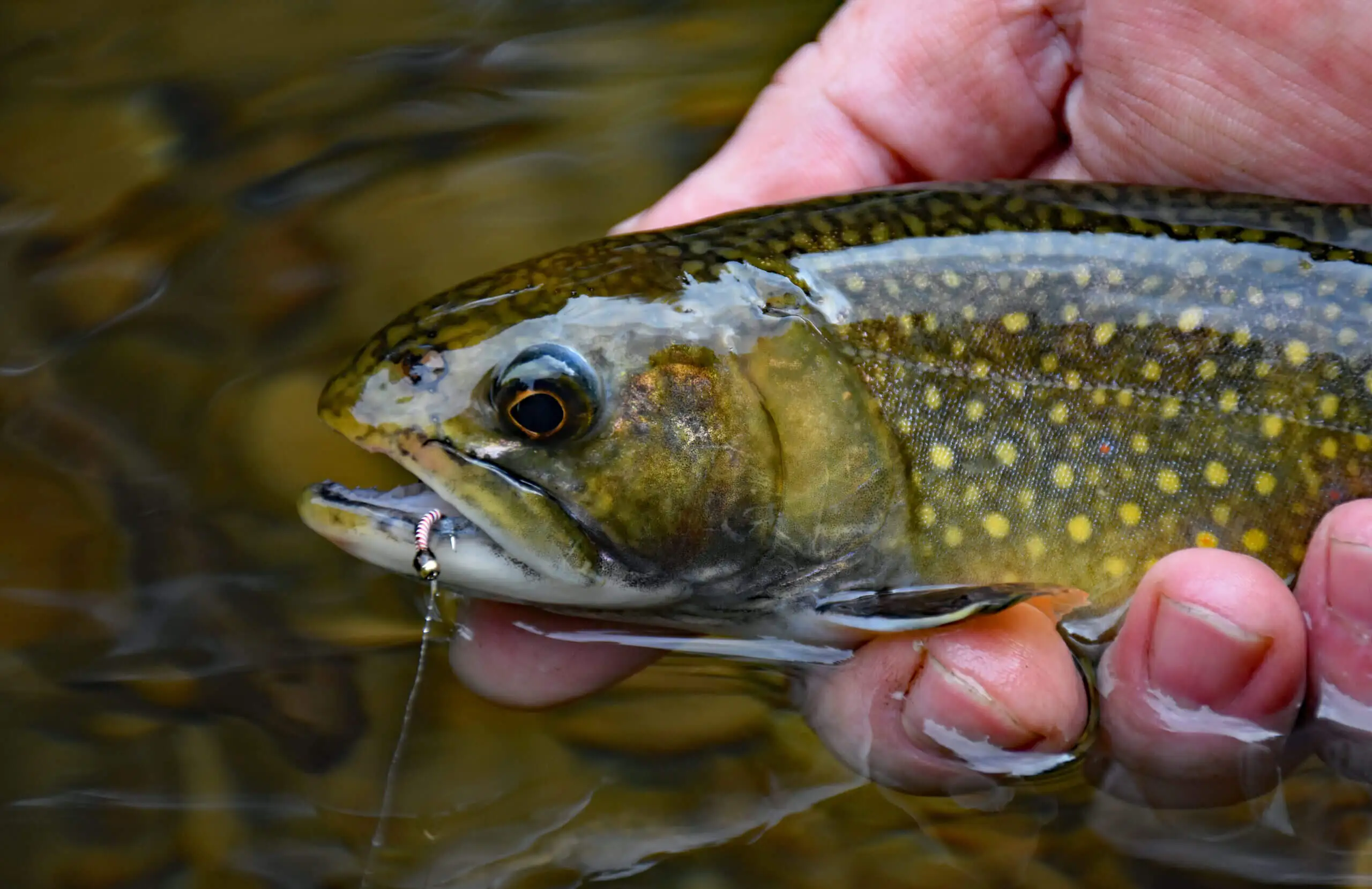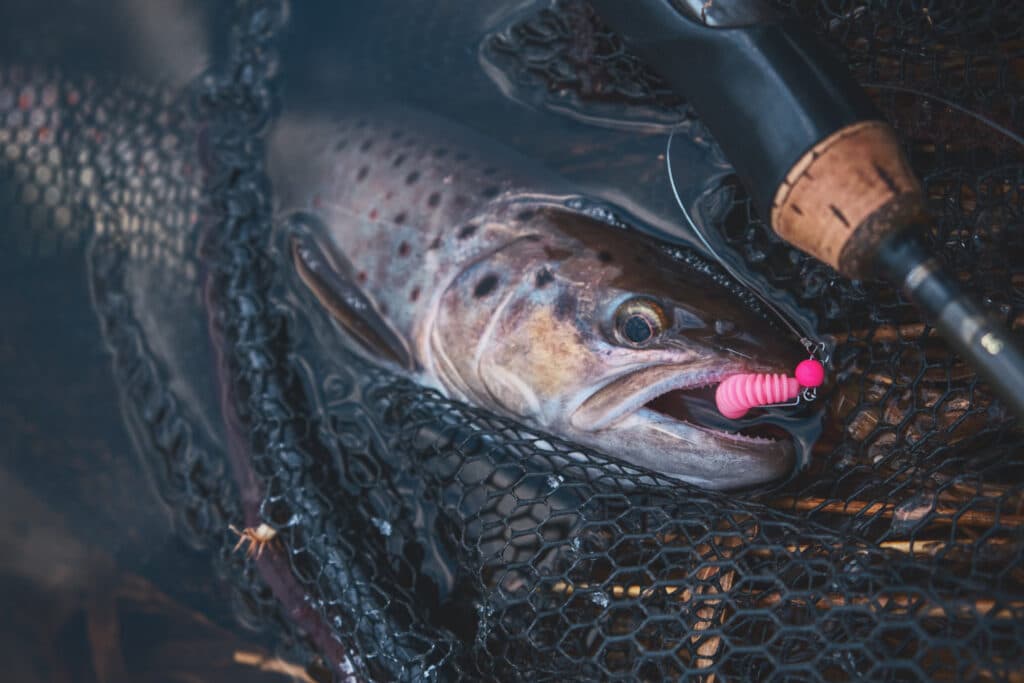Not known Details About Where To Find Red Wigglers
Not known Details About Where To Find Red Wigglers
Blog Article
Where To Find Red Wigglers Can Be Fun For Everyone
Table of Contents7 Easy Facts About Where To Find Red Wigglers ShownThe Where To Find Red Wigglers IdeasWhere To Find Red Wigglers Things To Know Before You BuySome Ideas on Where To Find Red Wigglers You Should KnowSome Ideas on Where To Find Red Wigglers You Need To KnowSome Of Where To Find Red WigglersWhat Does Where To Find Red Wigglers Mean?
If you have a tough time locating them, attempt using a shovel to explore the ground and break the damp dirt with your hands to find them. You can likewise seek them in the morning when lawn sprinklers damp the soil. Conversely, you can resemble the moisture and rain factors by yourself! Soak your yard or lawn with water and seek your worms once it obtains dark.Lift it making use of take advantage of and search for your worms inside the hole. Keep in mind that you might need to dig a few times before they appear. Don't forget to look under rocks, bricks, wood, and various other things you might locate on the ground, as that's where worms typically live. You ought to be cautious when doing this as you might run into unsafe animals below, including snakes, spiders, and scorpions.
When you catch several worms, you will want to dip your fingers into sawdust to dry them and enhance your next grasp. Keep in mind that you should not get rid of way too many worms from one area as this can adversely influence that atmosphere. Put your worms into their bin and store them in the refrigerator.
You can additionally use a pitchfork to lure worms above the ground. Also known as a worm groaning stick, this typical approach involves sticking the pitchfork right into the ground and afterwards scrubing it with a piece of metal or timber. The resonances that are produced mimic the audio of a mole, which triggers the worms to surface.
The 2-Minute Rule for Where To Find Red Wigglers
For long-lasting worm storage space, we recommend building a devoted worm ranch. With any luck, you uncovered several ways to catch your worms the next time you need them after shutting hours or when you're really feeling as well careless to obtain in the car and drive numerous miles to the closest worm supplier!
This guide will introduce you to the red wiggler to include a deeper on dive on the species and information on breeding, life cycle, and reproduction. We'll talk about how to maintain red wigglers and why they ought to be the go-to worm for a lot of composters. The red wiggler (binomial name: eisenia fetida) is the globe's most typical composting worm.
A research recommends that both can generate hybrid children, a phenomenon which ought to or else be thought about impossible between most worm species. Fun reality: The "fetid" component of the binomial name describes what some claim is a foul-smelling secretion the red wiggler uses to fend off predators. Yet I have actually been dealing with them for years and never discovered this! The makeup of a red wiggler looks like that of other usual earthworms; a long-segmented body begins at the pointed head and terminates at a slightly-flatted tail.
The gastrointestinal tract is simple, beginning at the mouth where the worm starts to consume its food before passing it on to the pharynx. The vocal cords is a muscle section which acts like a pump to pull food right into the mouth before pumping it out into the esophagus. The esophagus is slim and thin-walled and serves as the "waiting room" for the gizzard.
The Single Strategy To Use For Where To Find Red Wigglers
Note: This demand for grinding is why grit is recommended in a worm bin. The worm includes no indigenous grinding capability so the worm counts on consumed grit to aid grind its food in the gizzard. The stomach is where the very first chemical failure of food occurs with the assistance of a protein-busting enzyme.
The intestinal tract forms the longest part of the worm and is where most of food digestion happens through enymatic procedures. The castings ultimately travel through the anus at the end of the worm as pills covered with a biologically-rich mucus. (You're not eating I really hope.) Red wigglers will certainly intertwine around one another, trading sperm through their skin.
Within 42 days, these baby worms will reach sexual maturity as evidenced by the introduction of the clitellum. A fully grown red wiggler can be expected to live between one to three years (Where To Find Red Wigglers). The mighty red wiggler may often be made use of as a lure worm for smaller sized fish or as a healthy protein resource for poultries and reptiles
And as stated over, they are one of the most usual composting worm in the globe. Why? Well there's possibly not just one reason. Rather, a mix of price, strength, and comfort in a wide variety of temperatures makes it the Home Page most suitable composting worm for the majority of brand-new vermicomposters. Red wigglers and their cocoons can make it through in a broad range of conditions.
About Where To Find Red Wigglers
This is a common technique among worm carriers that don't want to risk having the worms being in a warm or chilly storage facility over the weekend break. Worm cultivators are not saving worms in a circumstance where they prepare to ship. The worms need to be harvested from their environment initially, so growers will certainly typically establish a Friday or Saturday deadline in order to harvest in time for a Monday delivery.
To save on shipping expense, you might desire to see if there are any close-by "Mama and Pop" stores with i thought about this a Google search.

6 Easy Facts About Where To Find Red Wigglers Shown
For best results, you desire to aim for concerning 60-70% dampness level. The simplest test for this is to press a handful as difficult as you can. At the best moisture degrees which is just under 70% that handful should hardly yield one decline of liquid. pH in a worm container is quite easy to preserve.
The European Nightcrawler, the larger relative of the red wiggler, is just as ravenous and also creates a good lure worm. It favors a bit of a cooler environment than the red wiggler. The African Nightcrawler is a large composting worm and makes a gorgeous, granular actors.
The Indian Blue is voracious, however also likes a warmer environment and it also displays a propensity to leave the bin. The red wiggler is a sturdy worm and isn't as fussy about its climate. I such as to call it the Ford Taurus of vermicomposting worms; you will not brag to your hardcore composting friends that you have them, yet they will serve you well.
Where To Find Red Wigglers Things To Know Before You Buy
As Faucet demonstrated, an angler can do an excellent deal to make a worm much more attractive.

Early morning is prime feeding time, and the lightweight lure's slow-moving descent leaves 5 inches of agonizing healthy protein completely view for a long time. After you've made the actors, keep the bond open and put the pole in a forked stick. The line will certainly diminish the rod in slow loopholes as the worm works out, yet usually the slow-moving loops will certainly end up being a blur, and the morning will suddenly get instead fascinating.
You can fish deep and cover a great deal of territory, and the spider appears to be the best touch for this transitional time, when the smallmouths have yet to secure on to a preferred forage. Dark jigsblack, brown, and purpleseem to match the nightcrawler's shade. I generally utilize a whole 'spider, prefer marabou clothing, and go down the pole for two or three secs when I obtain a hit.
Where To Find Red Wigglers Things To Know Before You Buy
If it's there, established the hook with a sweep rather than a jerk. As soon as in a while you'll discover yourself hooked to those sluggish, hearty pulls, and really feel the weight of a wonderful walleye.
Report this page